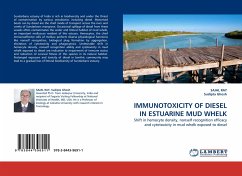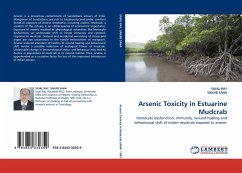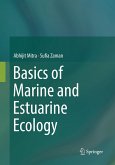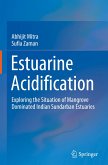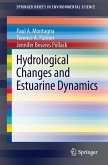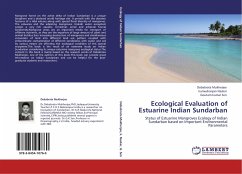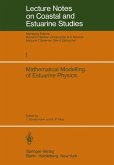Sundarbans estuary of India is rich in biodiversity and under the threat of contamination by various xenobiotics including diesel. Motorised boats run by diesel are the chief mode of transport across the river and creeks of Sundarbans mangrove. Occasional spillage of diesel from these vessels often contaminates the water and littoral habitat of mud whelk, an important molluscan resident of this estuary. Hemocytes, the chief immunoeffector cells of mollusc perform diverse physiological functions like nonself recognition, biological plug formation by aggregation, elicitation of cytotoxicity and phagocytosis. Undesirable shift in hemocyte density, nonself recognition ability and cytotoxicity in mud whelk exposed to diesel are indicative to impairment of immune status and reduction of survival fitness of this species in its natural habitat. Prolonged exposure and toxicity of diesel in benthic community may lead to a gradual loss of littoral biodiversity of Sundarbans estuary.
Bitte wählen Sie Ihr Anliegen aus.
Rechnungen
Retourenschein anfordern
Bestellstatus
Storno

